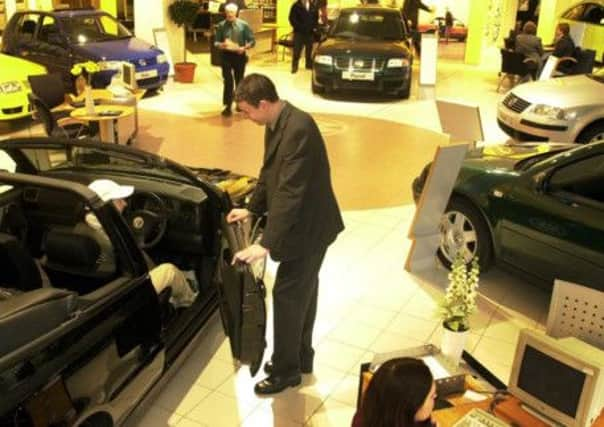Nisa days ahead for savers as tax changes kick in


THE starting gun has been fired on a new chance for savers and investors to protect more of their cash from the clutches of the taxman.
Increased tax-free savings allowances take effect today as the 2014-15 tax year begins. Those allowances will rise again in just three months’ time with the introduction of new rules on individual savings accounts (Isas) that were unveiled in the recent Budget.
Advertisement
Hide AdAdvertisement
Hide AdBut experts warn that the changes outlined by the Chancellor will leave some savers at risk of damaging losses.
The annual allowance for Isas rises from £11,520 to £11,880 today, no more than half of which can be held in cash. But that will be eclipsed on 1 July when the New Isa (Nisa) is launched, raising the total annual tax-free allowance to £15,000 a year. Not only will the full allowance be available across both cash and equities, but savers will for the first time be allowed to switch freely between cash and shares.
Savers will from July also be able to transfer existing Isas into a cash or shares Nisa of their choice, whereas currently they can only move in one direction: from cash into shares.
“The increase to £15,000 a year and any amount in any account is fantastic. The £15,000 total is easy to remember and ensures that most individuals can shelter £30,000 over two tax years (£60,000 for a couple),” said Graeme Mitchell, managing director at Lowland Financial in Galashiels.
Those changes should be taken into account by savers and investors looking to start using their new Isa allowance from today. So how can you make the best of your Isa savings?
Cash Isas are likely to be losing value to inflation even without tax being paid, but there has been an increase of late in the number of people looking to improve their cash deals.
“This is mainly a result of the significant reduction in interest rates for fixed-term Isas from two or three years ago, when rates of 3 and 4 per cent were commonplace in exchange for tying up money,” said Mitchell.
Those returns are no longer available on cash Isas, however (although some non-Isa current accounts pay attractive rates). There is also evidence of banks and building societies holding back new cash Isa deals in order to keep their powder dry for the Nisa launch.
Advertisement
Hide AdAdvertisement
Hide AdOne answer for those putting money away for the longer term is to consider shifting some cash into a stocks and shares Isa, said Mitchell.
“Many providers allow a partial switch of the cash Isa, which means you can still have the safety of cash for some of your money but the potential for gains from the remainder.”
But while the eased restrictions on transfers between equity and cash Isas have been widely welcomed, there are still significant drawbacks to be wary of.
The biggest, according to Mitchell, is that the freedom to move back into cash from shares will cause many savers to needlessly crystallise their losses.
“It’s a dangerous game to try to second-guess the markets but I fear there will be many people tempted into equities by the strong recent returns who will panic and sell when they see their value fall,” he said.
But switching from cash to stocks and shares can also be dangerous, according to Barry O’Neill, investment director at Carbon Financial Partners.
“There must have been a reason you chose the lower risk option of cash, so there would need to be a compelling reason to suddenly expose your capital to the risks associated with stocks and shares,” he said.
How you split your Isa allowance between cash and equities will depend not only on the investment term and risk appetite but also on the reason you’re putting money aside.
Advertisement
Hide AdAdvertisement
Hide Ad“If your goal is to save for a new car in three years’ time, then a cash Isa is likely to be the most appropriate solution,” said O’Neill.
“If you are trying to build an additional pot of money to help boost your pension income in retirement many years in the future, or fund school or university fees for a child, then a stocks and shares Isa will probably be more attractive.”